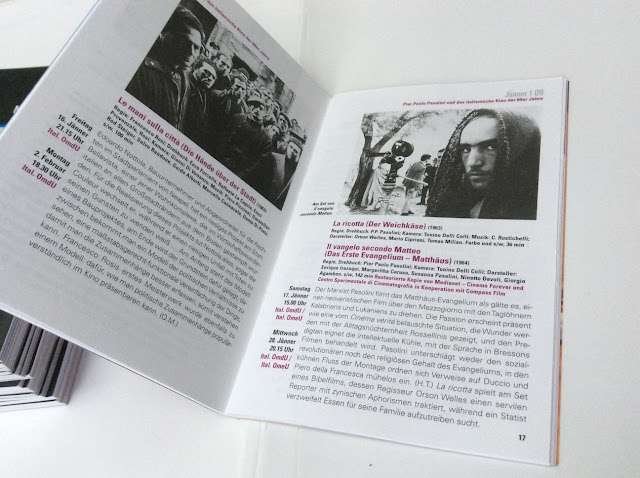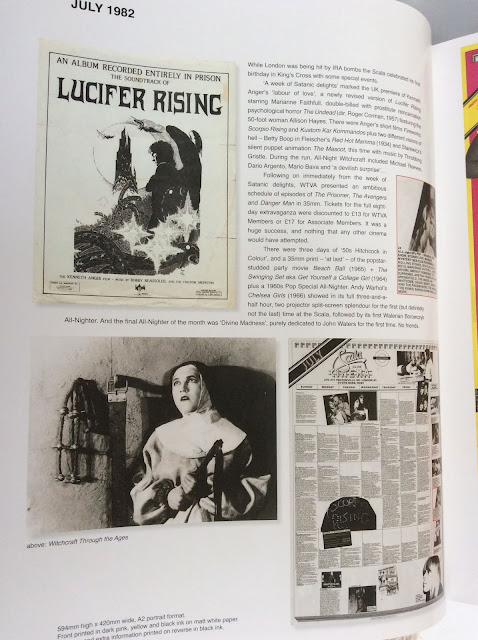In 1970 US publisher Avon sensibly anthologized the four novels in one single volume as Cities In Flight, and for the cover of their paperback, cleverly incorporated the intergalactic itinerant cities into the book’s title. In 1974 UK publisher Arrow Books issued their own edition of Cities in Flight, as well as the four books in stand-alone editions. For the cover designs, Arrow commissioned the great sci-fi futurist Chris Foss who indulges his love for impossibly enormous constructions and practical industrial design. In fact the covers for They Shall Have Stars and Earthman, Come Home bear a striking resemblance to the look of the huge refinery that the Nostromo starfreighter is towing back to Earth in Alien. a film Chris Foss contributed design ideas to.
Speaking of Chris Foss and Close Encounters of the Third Kind, I was leafing thru the excellent 2011 compendium Hardware: The Definitive SF Works of Chris Foss, and I was reminded of Foss' artwork for the 1977 Panther paperback edition of J.G. Ballards's novel The Drought, and its similarity to that famous shot in the Spielberg film of the SS Cotopaxi cargo ship marooned in the Gobi Desert. Rick McGrath, collector extraordinaire of Ballard first editions was dismissive of Foss' artwork for Panther's late 70's editions of High-Rise, Low-Flying Aircraft and Crash and while I agree that Foss' designs are an ill-fit for the complexities of Ballard's work, I do think his artwork for The Drought is a good match. It's worth noting that Gobi desert sequence was not part of the original Close Encounters cut, but was film in 1979 for what became known as the Special Edition, and I did wonder if Spielberg chanced upon The Drought paperback, but a quick check of Michael Klastorin's superb 2017 book Close Encounters of the Third Kind The Ultimate Visual History reveals that Spielberg included the ship-in-the-desert sequence in the second draft of the screenplay dated September 1975.

























